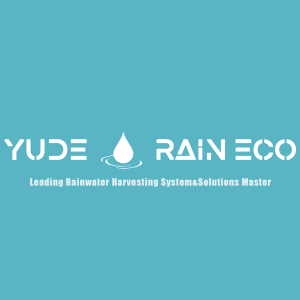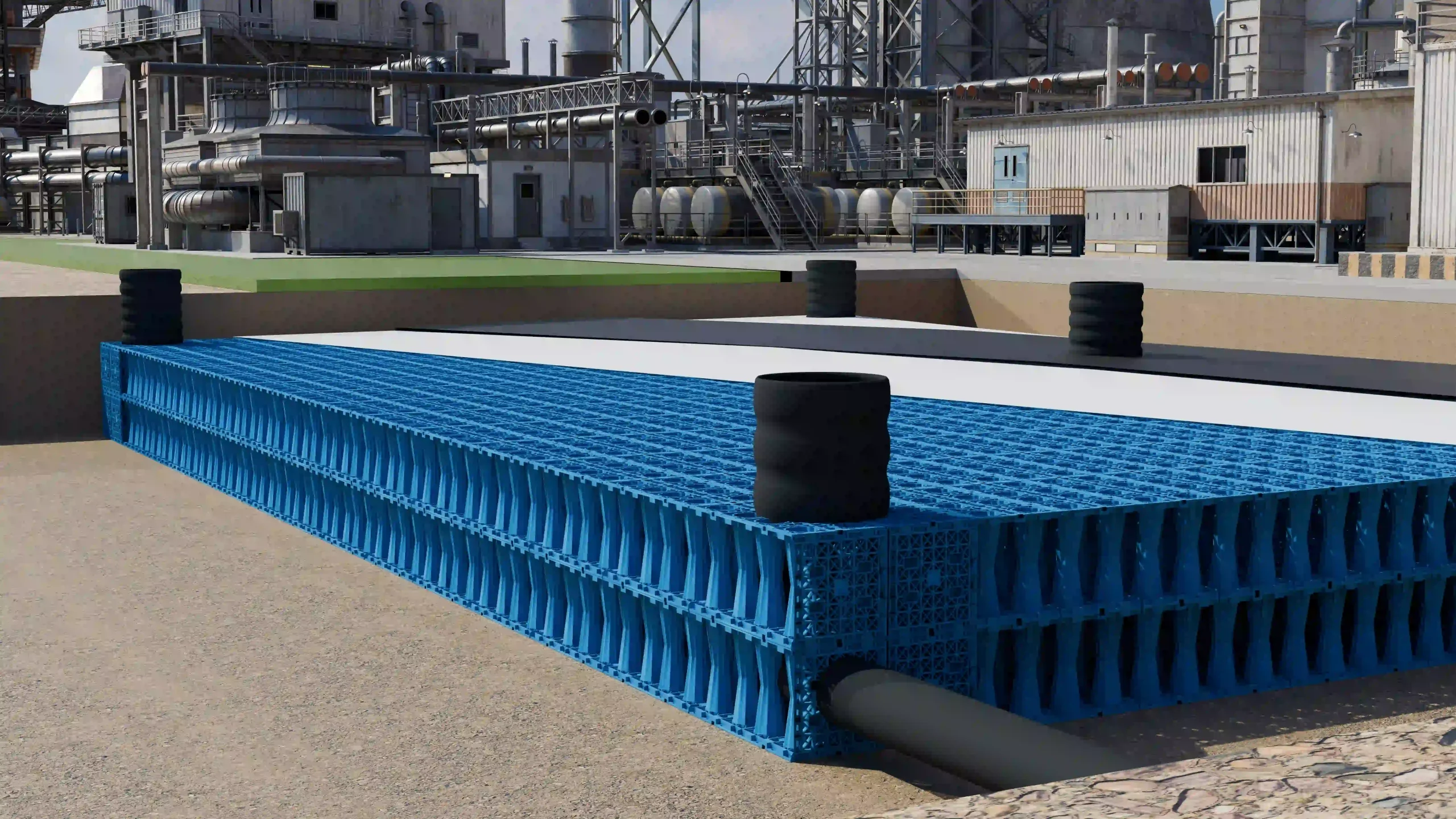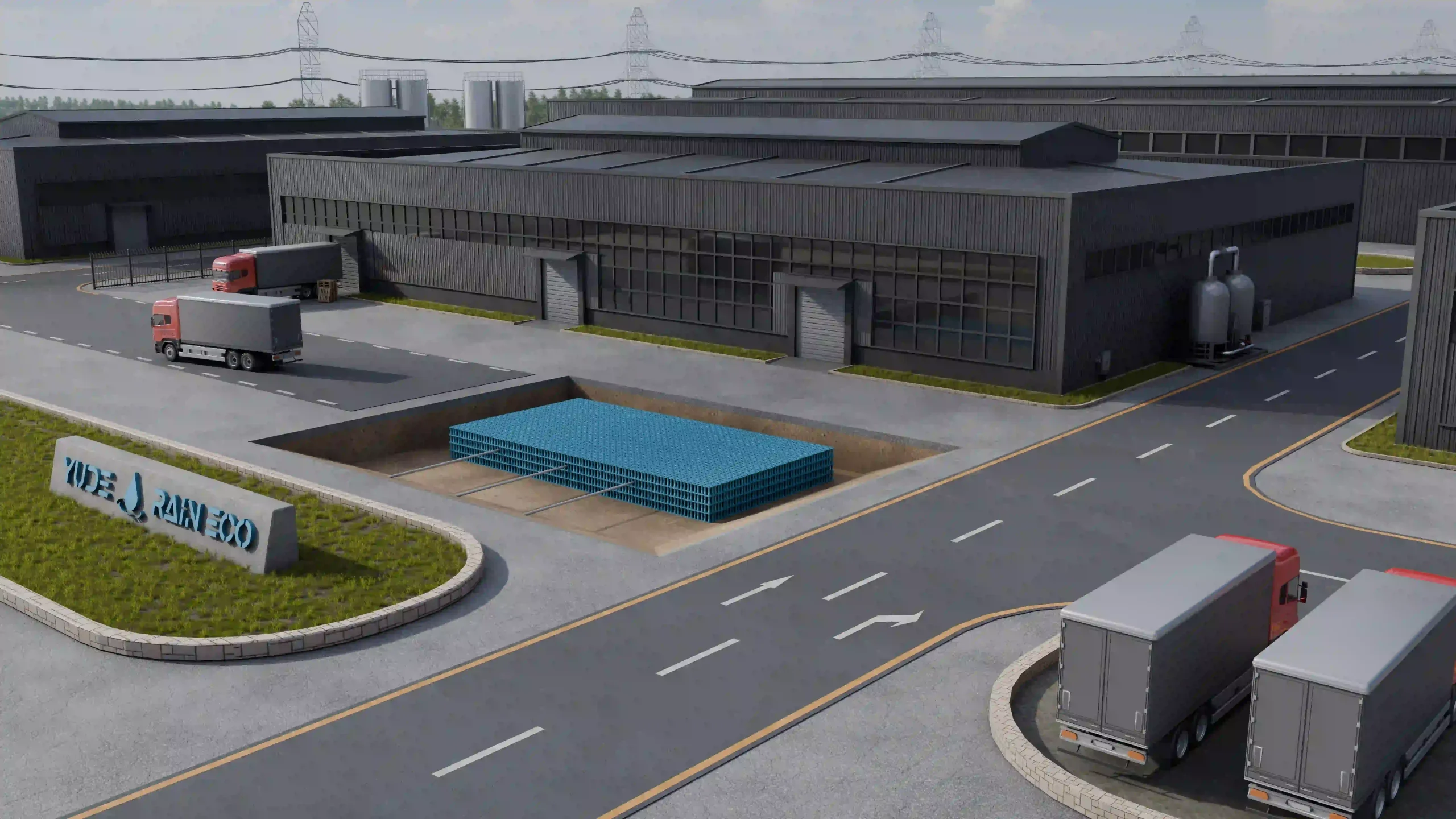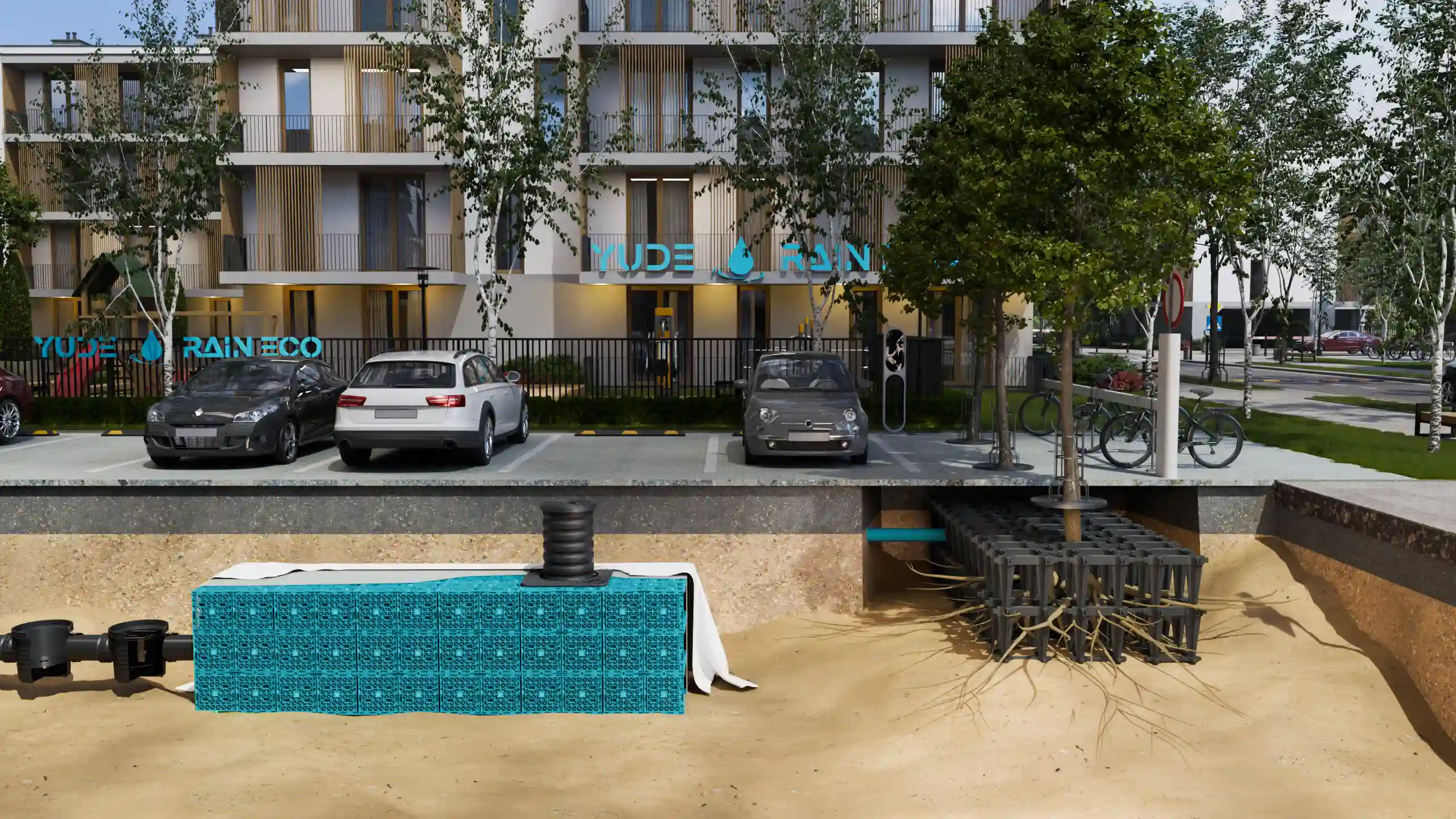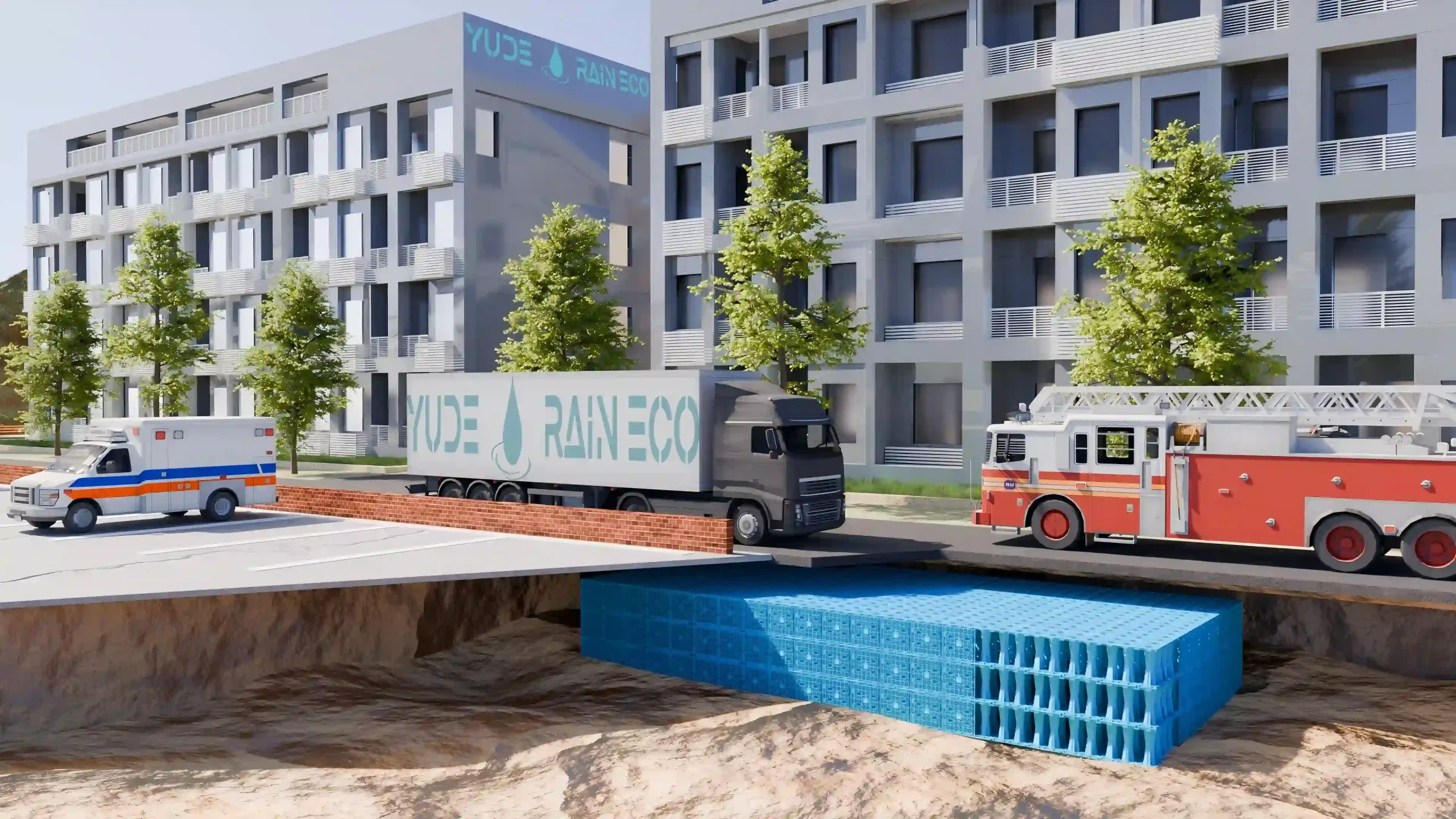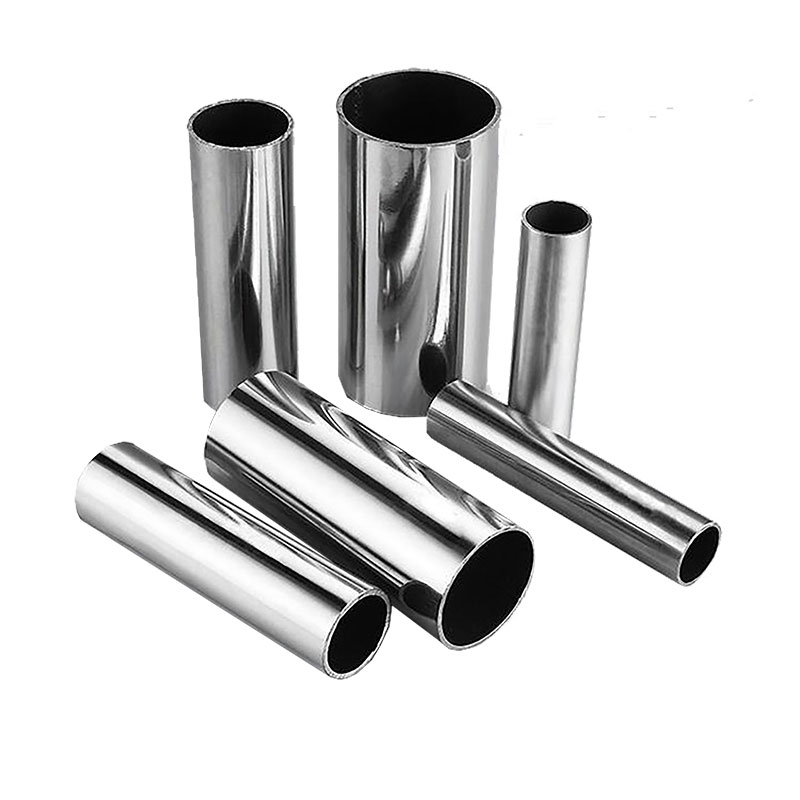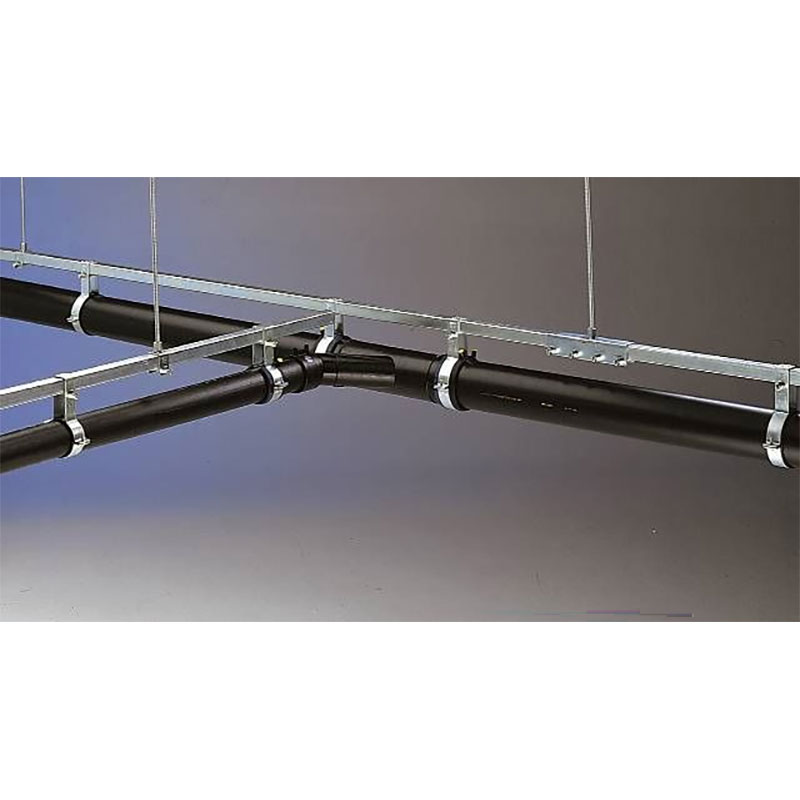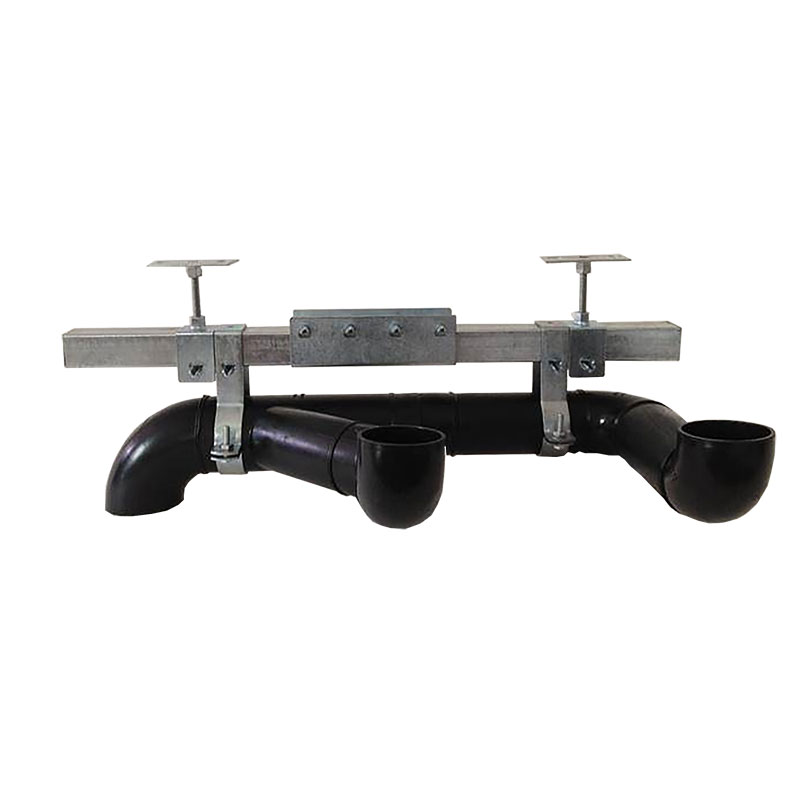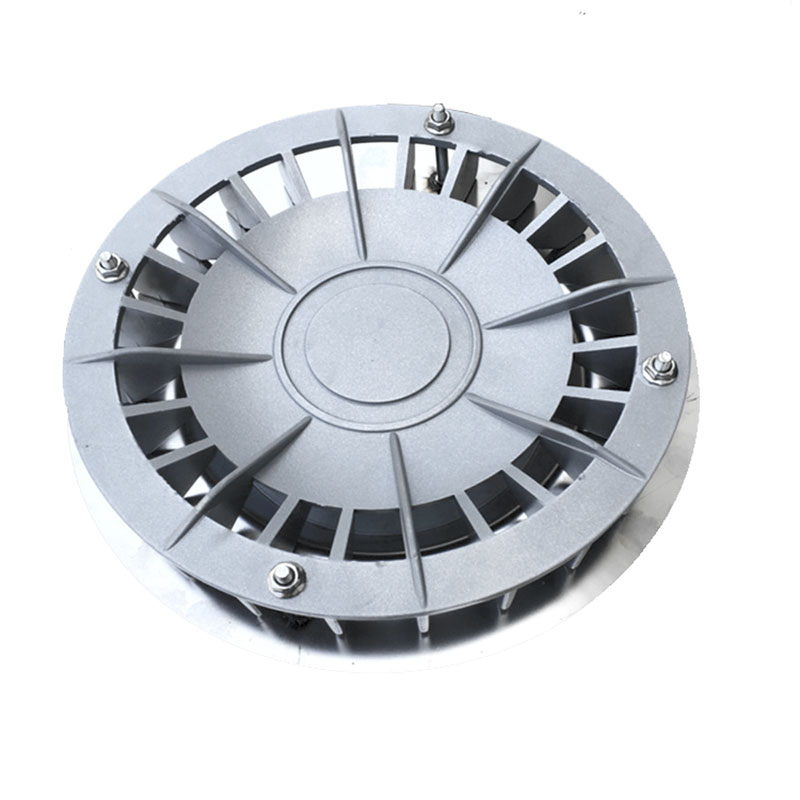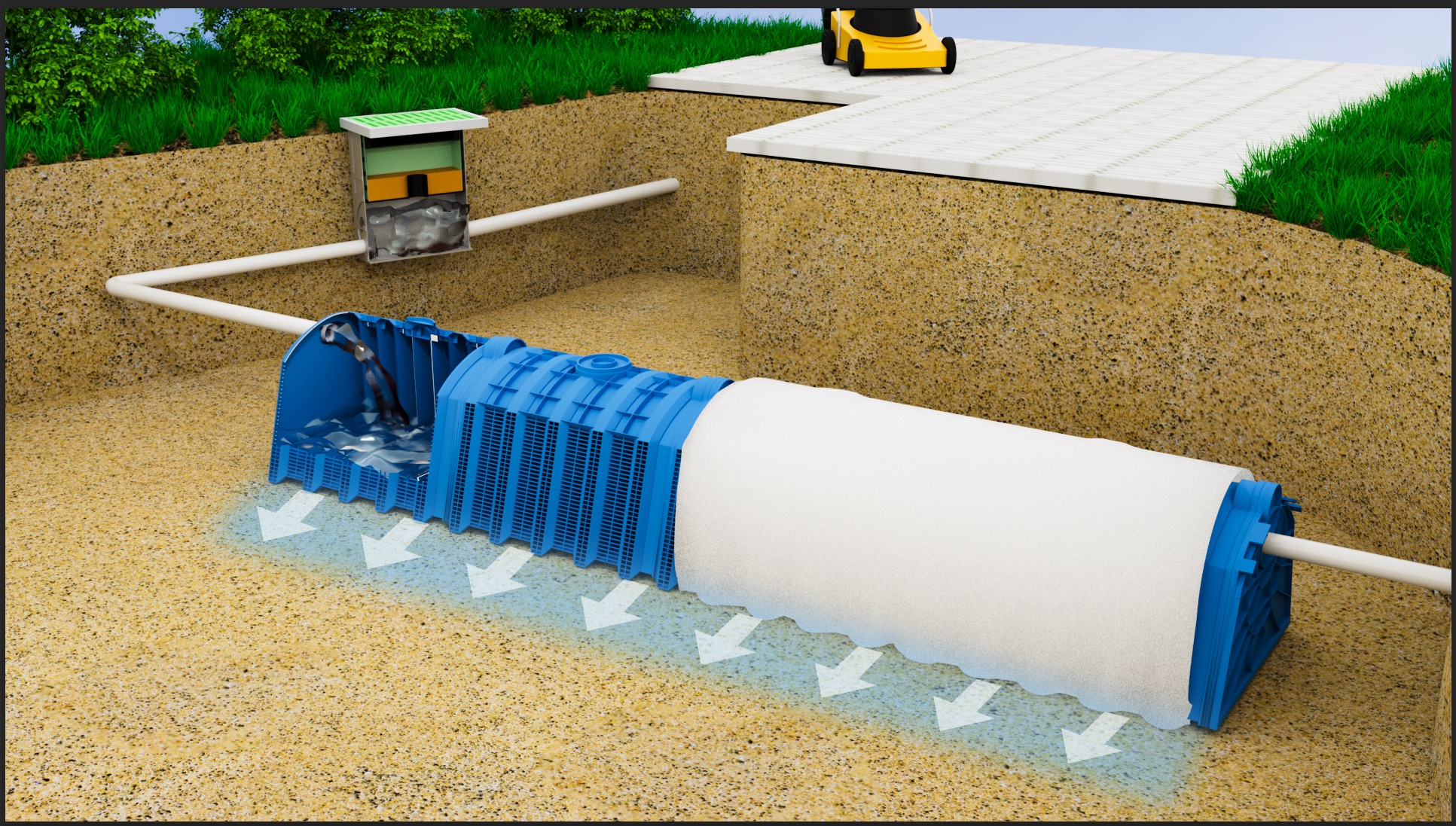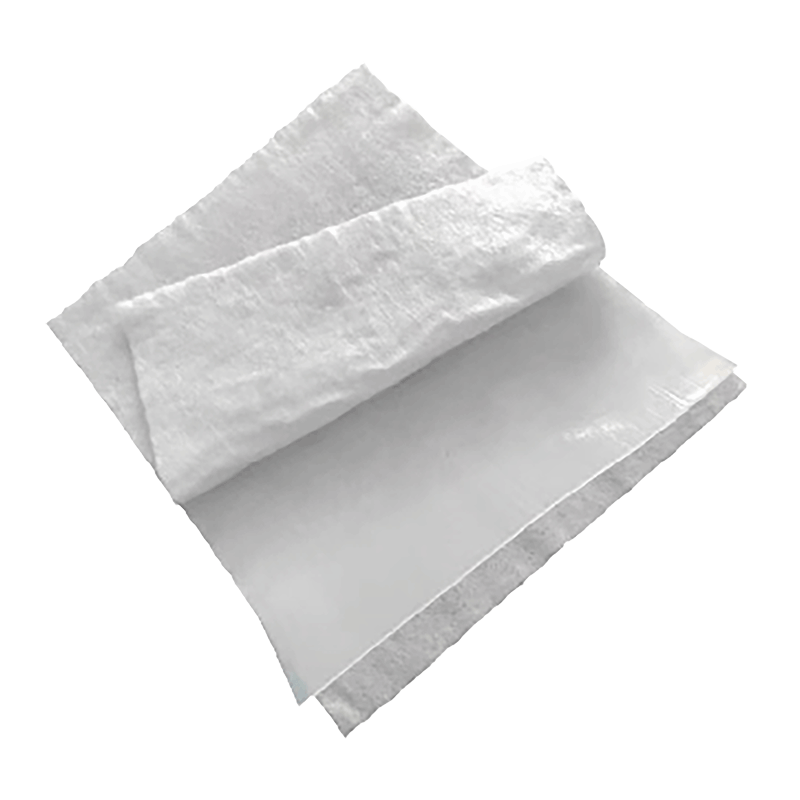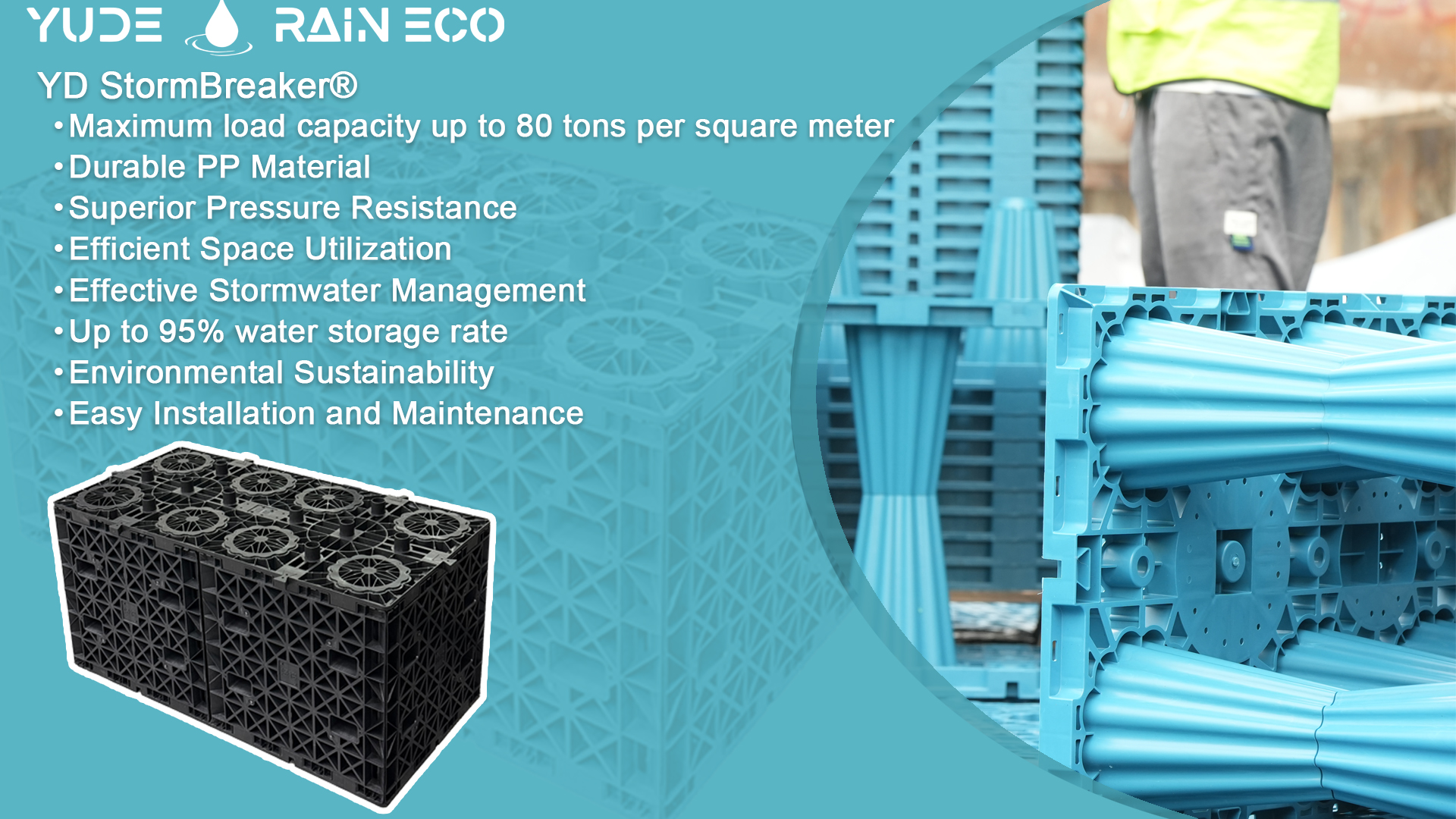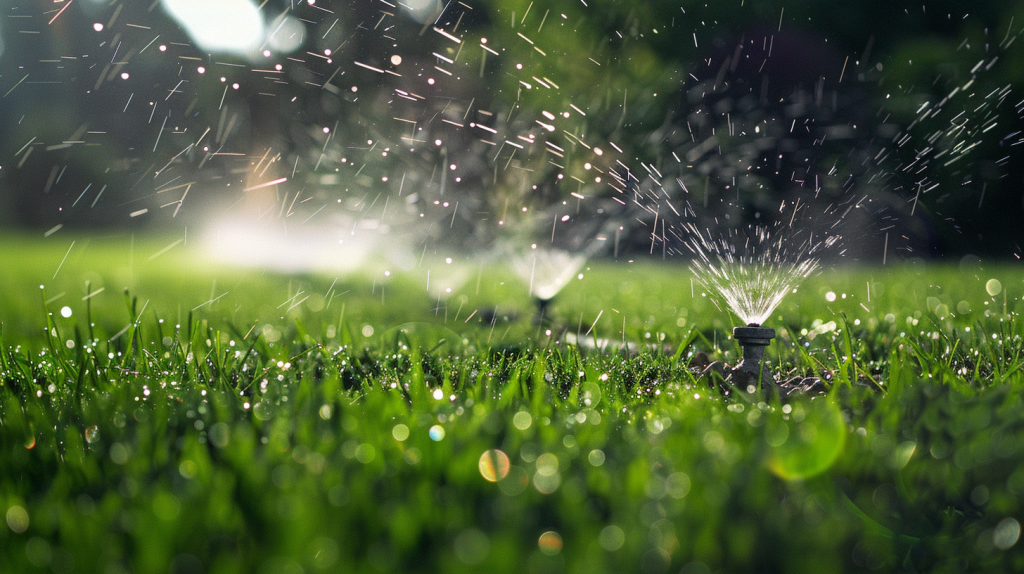Yude Rain Eco’s Siphon Drainage Solution
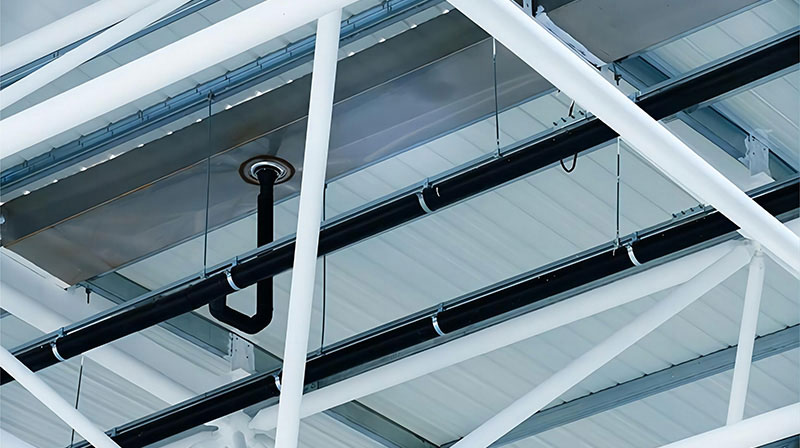
Introduction
Modern building design demands advanced drainage systems capable of handling heavy rainfall events efficiently and reliably. The siphon drainage system is an innovative solution designed to enhance the efficiency of water removal from building roofs. Yude Rain Eco’s siphonic roof drainage system is a cutting-edge solution engineered to deliver superior performance compared to traditional gravity-based systems. , uses the principle of siphonic action to quickly and effectively drain water, offering a stark contrast and this system offers faster water removal, optimized pipe configurations, and greater architectural freedom.
Understanding the Siphonic Drainage System
The siphonic drainage system operates on a fundamental hydraulic principle: once the system is primed and the pipes are filled with water, air is expelled, creating negative pressure (vacuum) that drives water flow at high velocity. This contrasts with gravity drainage, which relies solely on pipe slope and gravitational pull.
Core Components:
-
Inlet Funnels – Strategically placed on the roof to maximize rainwater collection.
-
Horizontal Collector Pipes – Connect multiple inlets and transport rainwater without requiring a slope.
-
Vertical Downpipes – Rapidly convey water to ground-level stormwater infrastructure or collection tanks.
- The system initiates a siphonic effect when the water in the pipes reaches a certain level, ensuring that air is expelled from the system, creating a vacuum, and subsequently enhancing the water flow rate through the pipes.
Once activated, the system maintains full-bore flow, increasing discharge rates and minimizing retention time on the roof surface—critical for flat-roofed buildings where ponding must be avoided.
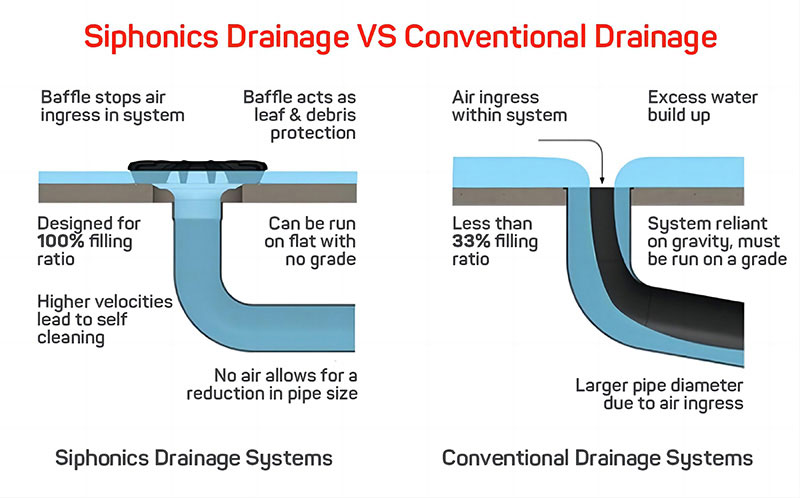
Advantages of Yude Rain Eco’s Roof Siphonic Drainage System
Yude’s system YD StormAero® offers a range of performance and design benefits:
Superior Hydraulic Performance
The system operates under full-bore conditions, ensuring high flow capacity and rapid drainage even during intense rainfall. This is especially beneficial in regions experiencing monsoons or frequent storm events.
Material & Space Optimization
Due to its high suction efficiency, siphonic systems require fewer and smaller-diameter pipes, reducing material costs and freeing up valuable ceiling or wall space within the building.
Flexible Architectural Integration
Unlike gravity systems, siphonic drainage does not require continuous pipe slopes, allowing more creative and functional building layouts. Pipes can run horizontally over long distances before dropping vertically, which is advantageous in complex structures.
Lower Lifecycle Costs
With fewer fittings and more efficient layouts, the installation process is simplified. Maintenance is also easier due to reduced pipe blockages and better access points designed into the system layout.
Applicability and Suitability
Yude Rain Eco’s siphon drainage system is particularly suitable for large buildings with expansive flat roofs, such as industrial complexes, shopping malls, and sports facilities, where rapid and efficient drainage is essential. Its design is optimized for situations where quick drainage can prevent the accumulation of water, which might lead to structural issues.
However, the system’s suitability for a particular roof depends on several factors, including the roof’s size, layout, and the local climate. While it offers significant advantages, it may not be the best choice for smaller buildings or those with steeply pitched roofs where traditional gravity systems can suffice.
Roof siphon drainage systems are primarily used in the following types of buildings and structures:
- Commercial Buildings: Large office buildings, shopping malls, and commercial complexes often use roof siphon drainage systems due to their large roof areas that need efficient drainage to prevent water accumulation and potential damage.
- Industrial Facilities: Factories, warehouses, and other industrial buildings with flat or low-slope roofs benefit from siphon drainage systems. These facilities often have extensive roof areas where effective rainwater management is crucial to protect the structure and stored goods.
- Public and Institutional Buildings: Schools, hospitals, airports, and government buildings can use siphon drainage systems for their ability to handle significant water volumes quickly, ensuring the safety and integrity of these often critical structures.
- Sports and Recreational Facilities: Stadiums, arenas, and large recreational centers with expansive roofs require efficient drainage systems to manage water during heavy rains, making siphon systems a suitable choice.
- Residential Complexes: High-rise apartment buildings and large residential complexes may also use siphon drainage systems, especially in areas prone to heavy rainfall, to efficiently manage roof runoff and protect the structure.
- Transport Infrastructure: Facilities like train stations, bus terminals, and subways with large roofed areas can benefit from the quick and efficient water removal provided by siphon drainage systems.
Key Considerations for System Adoption
While siphonic drainage offers clear advantages, its implementation must consider:
-
Roof Size & Configuration: Best suited for large, relatively flat surfaces with consolidated drainage points.
-
Local Climate: Particularly effective in high-rainfall zones or urban environments prone to stormwater overload.
-
Structural Integration: Requires careful coordination during design to optimize pipe layout, inlet locations, and inspection access.
-
Regulatory Compliance: Must align with local building codes, hydraulic calculations, and stormwater discharge regulations.
Yude Rain Eco provides full technical support, ensuring each project’s drainage solution meets performance targets and compliance standards.
Hydraulic Design: Flow Calculation Formula
Accurate hydraulic design is critical to ensure the siphonic drainage system performs under peak storm conditions. The flow rate for each roof area can be estimated using the industry-standard rainfall runoff formula:
Q = C × I × A
Where:
-
Q = Rainwater discharge (L/s)
-
C = Runoff coefficient (typically 0.8–1.0 for flat roofs; use 0.9 for most commercial applications)
-
I = Rainfall intensity (L/s/m²) based on local storm frequency data
-
A = Roof catchment area (m²)
Example:
For a 2,000 m² flat roof with a 10-year rainfall intensity of 0.03 L/s/m²:
Q = 0.9 × 0.03 × 2,000 = 54 L/s
This value represents the minimum system capacity needed to avoid roof ponding during a storm event.
Cost Efficiency: Siphonic Drainage System vs Traditional Gravity Drainage
While the siphonic system involves engineered components (e.g., air-tight roof outlets and precision-engineered pipe layouts), the overall project cost is often significantly lower than conventional gravity systems due to:
Reduced Pipe Sizes & Quantities
-
Pipe diameters are smaller (typically 50–90 mm vs. 110–160 mm for gravity systems)
-
Horizontal pipes can run level, minimizing length and fittings
Simplified Building Integration
-
No need for consistent slope in piping
-
Fewer roof outlets reduce roof penetration points and structural interruptions
-
Minimal ceiling or wall space required for routing
Lower Installation and Maintenance Costs
-
Reduced material and labor cost
-
Quicker installation due to fewer constraints
-
Long-term reliability reduces service interruptions and blockage risks
Total Cost Comparison (Indicative Estimates)
| Category | Gravity Drainage | Yude’s Siphonic System |
|---|---|---|
| Pipe Material Cost | High (large diameter, more) | Lower (fewer, smaller pipes) |
| Labor | High (due to slope, routing) | Lower (horizontal install) |
| Installation Time | Longer | 30–40% shorter |
| Maintenance Requirements | Medium to high | Low |
| Lifecycle Cost | High | Reduced by 20–35% overall |
Conclusion
Yude Rain Eco’s roof siphon drainage system represents a significant advancement in roof drainage technology, offering a more efficient, cost-effective, and flexible solution compared to traditional gravity drainage systems. Its suitability for large, flat-roofed buildings, coupled with its operational efficiency, makes it a preferred choice in modern architectural designs. Nevertheless, a thorough assessment of the specific building requirements and local weather conditions is essential to determine the most appropriate drainage solution.
Let our engineering team help you design an efficient, custom siphonic drainage solution for your next project.

